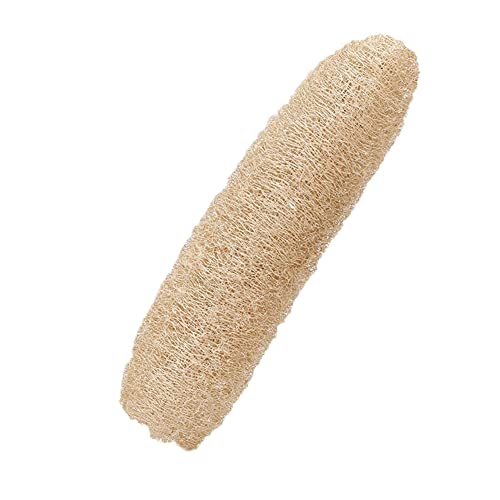I can 100% vouch for bubble wrap I've had it on my 650ltr Wyedale flat tank for 3 or 4 years. We lose almost no heat in the day. Very important though; the Devil is in the details!
First of all...if at all possible put non-crushable non-slip insulation under the tank.I used click together garage floor rubber matting. This is available fairly cheaply from Halfords. I used 4 or 5 layers of double foil sided bubble wrap (Wickes I think from memory), fitted neatly and snugly around the sides of the tank. I fitted one layer at a time with the joints staggered and held neatly in place with duct tape. I used 4 or 5 layers of the same type bubble wrap on the top of the tank, overlapping a little way down the sides, again neatly taped in place. I cut three sides of the outside layer to make a flap for access to the lid and did the same for the immersion.
I started with the outside layer which I cut a bit bigger than might initially seem necessary. I then cut another three sided flap on each of the inner layers, a bit smaller each time. This meant that no two cuts in the insulation line up, which would have made an easier path for heat escape. Each flap overlaps the one under it. This, as I say reduces the escape route for the heat. Double foil sided bubble wrap works differently to quilt or slab insulation. It works by reflecting the heat back into the tank and the air bubbles provide several air barriers to reduce the ability of the heat to bridge to outside. It does the same job as other types of insulation but it works differently and it takes up less room, is easier to use and is totally impervious to water and damp. Emergency space blankets, as used by mountain rescue work in a similar way but without the air bubble barrier.
I finished off by putting a one piece semi-flexible rubber mat (18 mm thick, cut to size) on the top of the tank, this is held from sliding around by cable ties secured to the side shelving. I cut out a hole in the top mat to allow access to the insulation flaps and the tank lid underneath. The top mat provides protection for the bubble wrap, it provides another layer of insulation at the top where the heat most naturally wants to escape and gives us a very useful shelf for our side reel.
For anyone who goes this route... deduct points for any process not followed properly unless it's replaced with one as good or better. ?
First of all...if at all possible put non-crushable non-slip insulation under the tank.I used click together garage floor rubber matting. This is available fairly cheaply from Halfords. I used 4 or 5 layers of double foil sided bubble wrap (Wickes I think from memory), fitted neatly and snugly around the sides of the tank. I fitted one layer at a time with the joints staggered and held neatly in place with duct tape. I used 4 or 5 layers of the same type bubble wrap on the top of the tank, overlapping a little way down the sides, again neatly taped in place. I cut three sides of the outside layer to make a flap for access to the lid and did the same for the immersion.
I started with the outside layer which I cut a bit bigger than might initially seem necessary. I then cut another three sided flap on each of the inner layers, a bit smaller each time. This meant that no two cuts in the insulation line up, which would have made an easier path for heat escape. Each flap overlaps the one under it. This, as I say reduces the escape route for the heat. Double foil sided bubble wrap works differently to quilt or slab insulation. It works by reflecting the heat back into the tank and the air bubbles provide several air barriers to reduce the ability of the heat to bridge to outside. It does the same job as other types of insulation but it works differently and it takes up less room, is easier to use and is totally impervious to water and damp. Emergency space blankets, as used by mountain rescue work in a similar way but without the air bubble barrier.
I finished off by putting a one piece semi-flexible rubber mat (18 mm thick, cut to size) on the top of the tank, this is held from sliding around by cable ties secured to the side shelving. I cut out a hole in the top mat to allow access to the insulation flaps and the tank lid underneath. The top mat provides protection for the bubble wrap, it provides another layer of insulation at the top where the heat most naturally wants to escape and gives us a very useful shelf for our side reel.
For anyone who goes this route... deduct points for any process not followed properly unless it's replaced with one as good or better. ?
Last edited by a moderator:
























